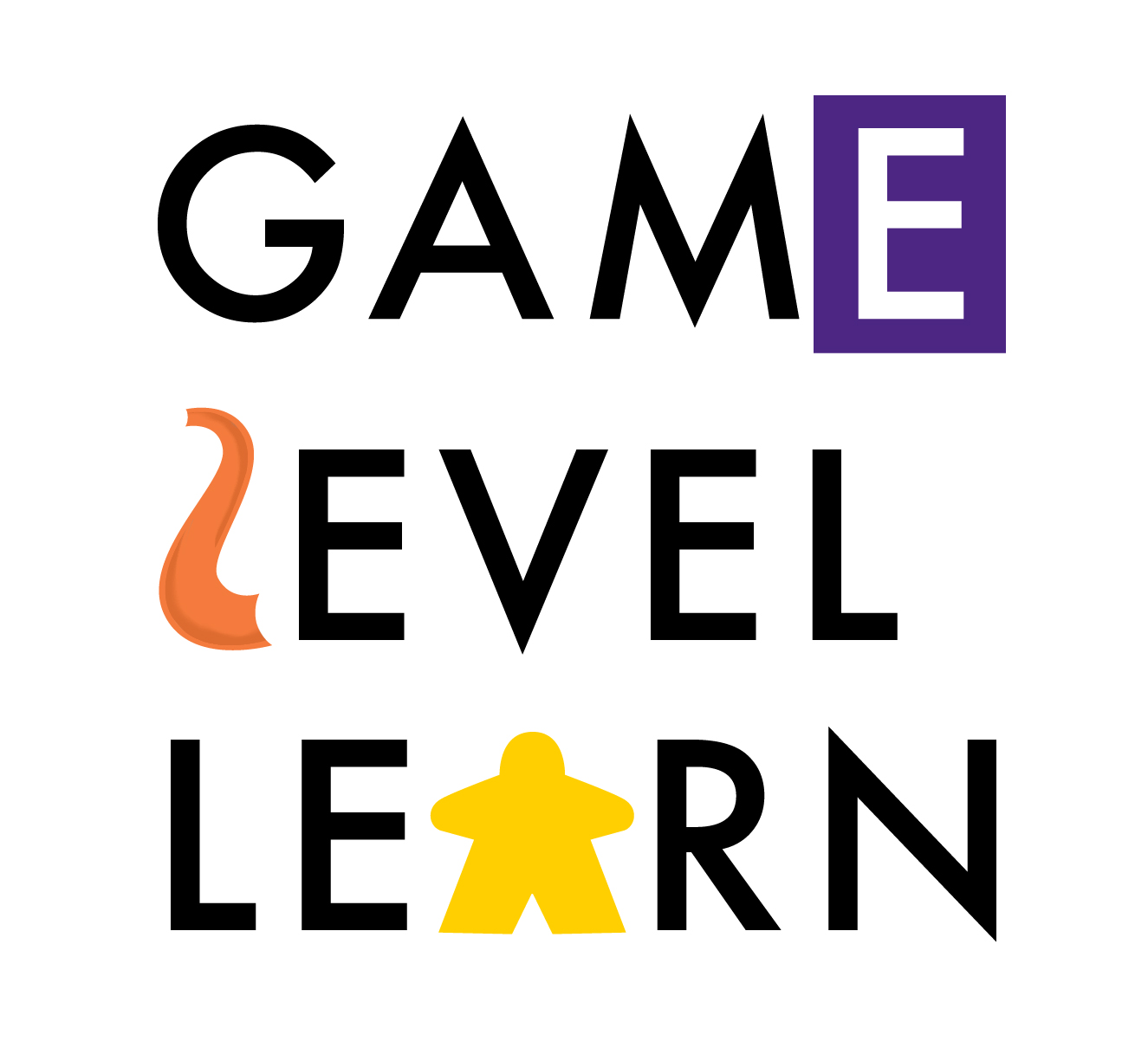Johan Huizinga. "Homo Ludens: A Study of the Play Element in Culture."
/Johan Huizinga. Homo Ludens: A Study of the Play Element In Culture.
Of all the foundational texts in the study of game-based learning, playful learning and gamified instruction, surely Huizinga’s Homo Ludens is primus inter pares. Published originally in 1938, Huizinga’s seminal work has influenced scholars for generations and in particular was foundational in the work of Roger Caillois, whose Man, Play and Games will be considered in a future installment of this series.
The core argument of Huizinga’s work is simply: “the great archetypal activities of human society are all permeated from play from the start.” (4) Indeed, if as he argues “all play means something” (1), one might reasonably conclude that in fact everything is dependent on play as a primary source of energy and meaning. In its rejection of the “seriousness” of the real world
(but not the seriousness of the rules, processes and engagement of play worlds themselves), play serves to show more about other core concepts in cultural history than might be suspected. Huizinga writes: “ The more we try to mark off the form we call ‘play’ from other forms apparently related to it, the more the absolute independence of the play-concept stands out….play lies outside the antithesis of wisdom and folly, and equally outside those of truth and falsehood, good and evil: (6).
Huizinga offers four notions that might help us better understand structured play, games and why on a deep level, game-based learning and gamified instruction might themselves work.
First, he notes play is voluntary. Moreover, while noting that children play because they enjoy playing and adults only seem to do so when they are involved in some kind of ritual, he observes that adults actually enjoy playing as well, if only they would play more.
Second, he contrasts “real life” or the ordinary with the playful life, noting that the playful demands that the player separate himself from real life and enter a temporary sphere of activity with its own dispositions and rules.
Third, play is bound in time and limited. It doesn’t just occur, rather “it plays itself to an end” (9). Once finished, however, it finds itself being understood by the players as a distinct and unique cultural experience that everyone shared, can describe, realize was special and meaningful. Indeed, it isn’t all that hard to find podcasts and YouTube videos of live play sessions of tabletop roleplaying games that demonstrate this. In my own experience, a game I ran more than thirty years ago could still trigger very clear responses from the players, as the deep meaning of the game generated equally deep roleplaying.
Fourth, play is bounded in space. From this notion comes the idea of the magic circle, one of the seminal notions in game studies, positing that there is an ordered and separate space in which the game or play occurs that has its own set of rules distinct from the real world. “All are temporary worlds within the ordinary world, dedicated to the performance of an act apart” (10)
Last of all, play has its rules. The rules of a game are binding and should leave no rule for doubt. Within the magic circle, the rules of the game hold. Outside the magic circle, they don’t. Failure to understand the rules leads inevitably to choices that break the rules, break the game and shatter the magic circle.
Huizinga’s book is a masterpiece of cultural history - worth reading by anyone interested in game studies who wants a sociological perspective and who is interested in the foundational concepts in the field.


